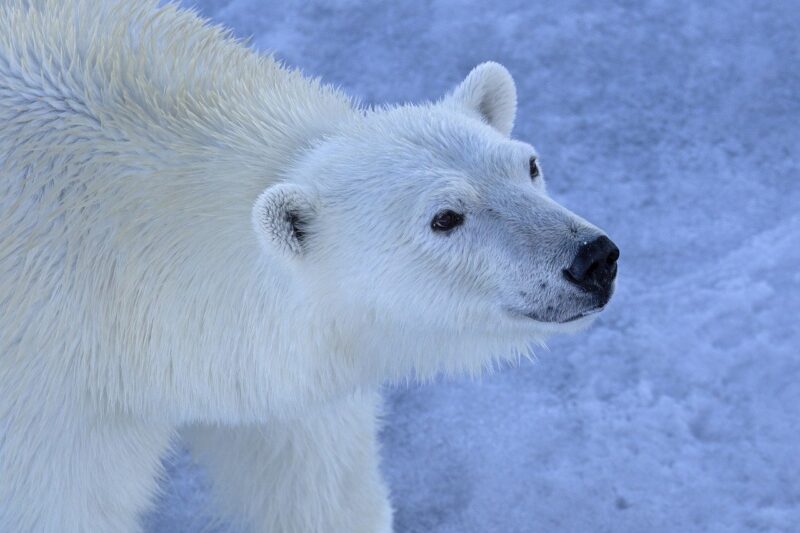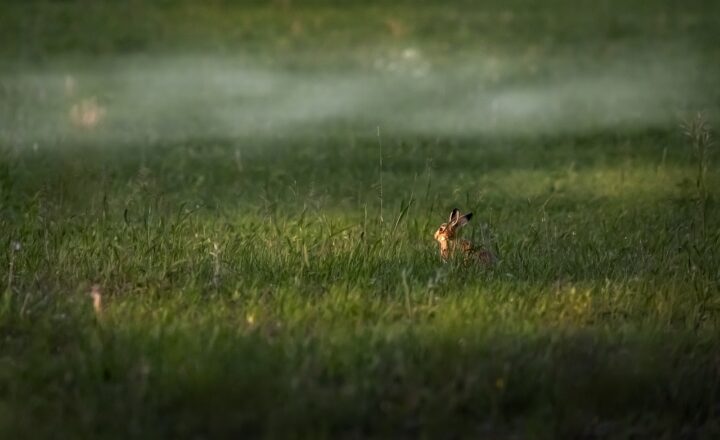Exploring the World’s Most Unique Zoos and Their Approaches to Animal Care
November 12, 2024

Zoos have evolved significantly from their origins of simply exhibiting animals in cages to modern wildlife parks prioritizing conservation, education, and animal welfare. Around the world, unique zoos distinguish themselves through innovative designs, species conservation programs, and enriched animal care practices that reflect their commitment to protecting wildlife and educating the public about the environment. In this article, we will explore some of the world’s most unique zoos and delve into their distinct approaches to animal care.
1. The Concept of Modern Zoos
Modern zoos now emphasize sustainability, habitat conservation, and animal welfare. They serve as sanctuaries for endangered species, actively participating in captive breeding programs and global conservation efforts. The shift from a traditional zoo experience to a more nature-like setting allows animals to thrive both physically and psychologically, minimizing stress and replicating their natural habitats.
2. San Diego Zoo: The Pioneer of Conservation
San Diego Zoo in California is renowned for its innovative approaches to animal care and conservation. Established in 1916, it houses over 3,500 animals representing more than 650 species. The zoo’s commitment to conservation makes it a leader in the zoo community.
– Focus on Species Survival: The zoo actively participates in global breeding programs, housing some of the rarest species. The California condor, which faced extinction in the 1980s, has benefited tremendously from the zoo’s captive breeding programs.
– Immersive Habitats: With its carefully designed animal enclosures replicating natural environments, visitors can learn about the animals while the animals experience less stress compared to traditional caged settings. Notable habitats include the Giant Panda Research Station and The Elephant Odyssey, which mimics the ecosystem of Southern California.
3. The Singapore Zoo: A Leader in Open Concept
The Singapore Zoo offers a unique experience with its open-concept design that allows visitors to view animals without barriers. Open since 1973, it emphasizes naturalistic habitats that foster animal well-being.
– Free-Ranging Animals: The zoo is famous for its lack of cages. Instead, natural barriers like streams and vegetation allow animals to roam more freely—a concept often described as ‘open zoo’. The Rainforest KidzWorld is particularly exciting for families, featuring interactive animal encounters.
– Enrichment Programs: The Singapore Zoo employs extensive enrichment programs, providing animals with stimuli through toys, puzzles, and novel objects that engage them mentally and physically. This approach contributes to the overall well-being of the animals, ensuring they lead active and fulfilling lives.
4. The Bronx Zoo: A Testament to Urban Conservation
Located in New York City, the Bronx Zoo is one of the largest metropolitan zoos in the world and serves as an important educational resource.
– Conservation Initiatives: The Bronx Zoo is deeply involved in various wildlife conservation projects, especially in the areas of species recovery and habitat preservation. Their Wildlife Conservation Society has been pivotal in conserving animals and their ecosystems globally.
– Adaptive Animal Care: The zoo’s animal care practices include behavior training and positive reinforcement, allowing animals to engage in natural behaviors that promote mental health. The Ottawa Valley Conservation Program ensures continuous improvement in the care provided to resident species.
5. Taronga Zoo: Leading Animal Welfare in Australia
Situated on the shores of Sydney Harbour, Taronga Zoo boasts breathtaking views alongside its mission for wildlife conservation.
– Unique Experiences: Taronga offers exclusive behind-the-scenes tours that allow visitors to understand animal care practices in-depth. The Wildlife Hospital on-site provides veterinary care to injured animals, playing a critical role in wildlife rescue and rehabilitation.
– Environmental Initiatives: Taronga Zoo promotes sustainability through its programs aimed at reducing plastic pollution and engaging the community in conservation initiatives.
6. The Raptor Foundation: Specializing in Birds of Prey
In the United Kingdom, the Raptor Foundation is dedicated to the care and rehabilitation of birds of prey. Unlike traditional zoos, it specializes in a narrow segment of wildlife, focusing on educating the public about these magnificent birds.
– Rehabilitation and Release Programs: The foundation rescues injured raptors, rehabilitating them for re-release into the wild whenever possible. Their initiatives aim to raise awareness regarding the threats faced by birds of prey, including habitat loss and illegal hunting.
– Education and Awareness: Raptor Foundation species ambassadors educate visitors through talks, bird flying displays, and active engagement with the community to foster a greater understanding and appreciation of these birds.
7. The World Wildlife Zoo: A Commitment to Conservation
Located in Arizona, this zoo emphasizes conservation of both land and aquatic animals. It features a diverse collection of species and exceptional habitat configurations.
– Water Conservation Initiatives: The World Wildlife Zoo incorporates water-saving technologies and practices, aligning with the overarching goal to conserve natural resources.
– Endangered Species Programs: The zoo actively participates in breeding programs for several endangered species, such as the African Black Rhino and California Sea Lion. These efforts are crucial for keeping species alive and thriving in the wild.
Conclusion
In conclusion, modern zoos are transforming the way they care for animals while educating the public. The commitment to animal welfare, conservation, and environmental education ensures that these unique institutions play a vital role in species protection and habitat restoration. Zoos like San Diego, Singapore, Bronx, Taronga, Raptor Foundation, and World Wildlife Zoo serve as models for how animal care practices can contribute to global conservation efforts. By understanding these zoos’ unique approaches, we promote a brighter future for wildlife and their habitats, engaging our communities and inspiring a collective effort to protect our planet.
With zoos serving not only as places of entertainment but as crucial advocates for conservation, there is a growing need for visitors to support these institutions, ensuring their ongoing efforts to protect endangered species and promote wildlife education for generations to come.







